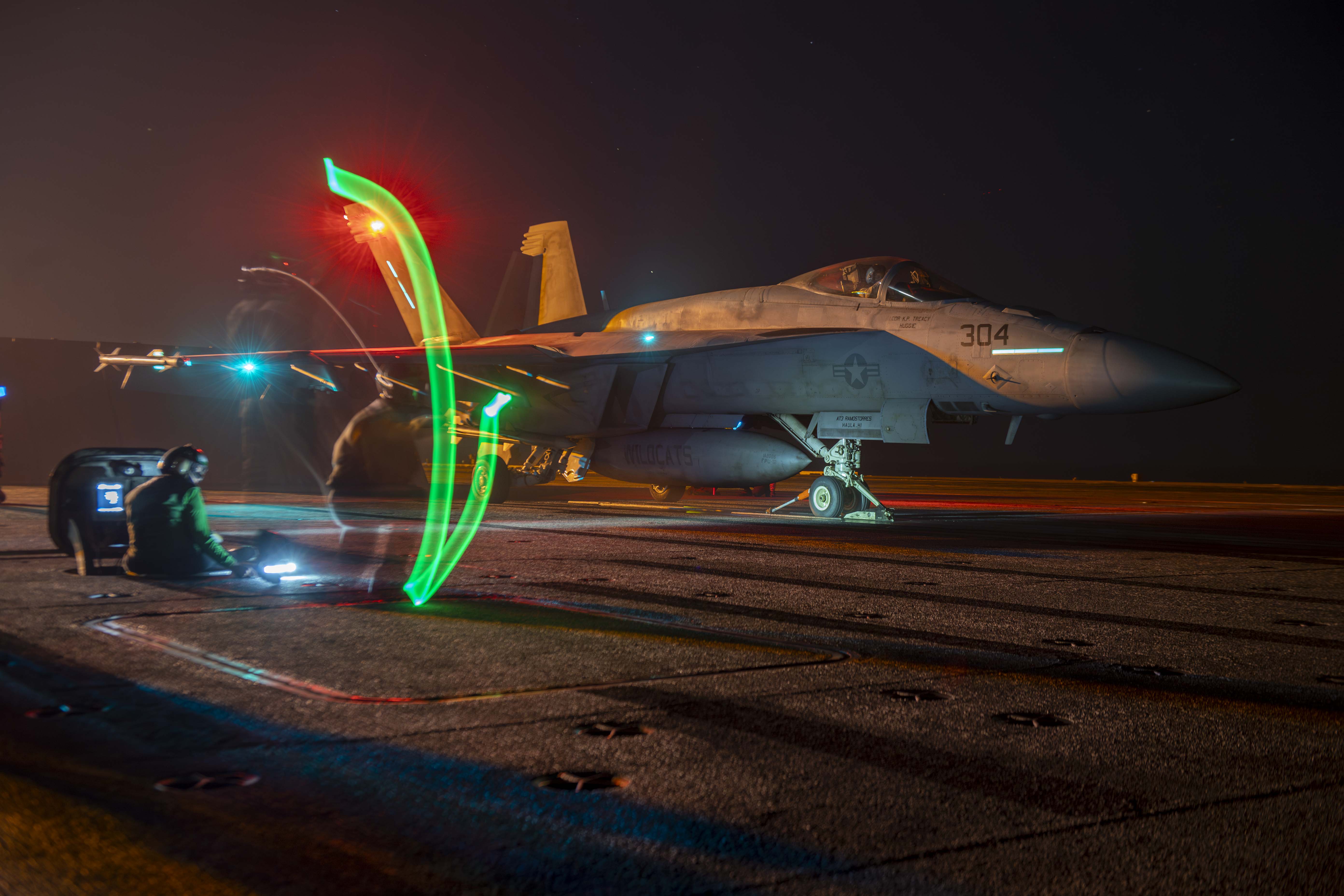
The U.S. Navy and Japan Maritime Self-Defense Force began their annual bilateral training Multisail exercise today, which will this year include at-sea training hosted by the Naval Surface and Mine Warfighting Development Center.
Multisail 2017, taking place in and around Guam, includes six U.S. Navy ships, two JMSDF ships and other subsurface and other special units, according to a Navy news release. Among the U.S. forces participating are the Arleigh Burke-class destroyers USS Stethem (DDG-63), USS Barry (DDG-52), USS Mustin (DDG-89), USS Fitzgerald (DDG-62) and USS McCampbell (DDG-85).
The training exercise focuses on “detecting, locating, tracking, and engaging units at sea, in the air, on land, and underwater in response to a range of mission areas.” Those mission areas range from maritime security operations to anti-submarine and air defense exercises, according to the news release.
Lessons learned from this exercise will help the Navy and JMSDF develop regional capabilities to defend their interests and those of their allies, the Navy stated.
Elsewhere in the Pacific, the Navy is conducting its 12th Pacific Partnership mission, which began March 1. This operation selects a couple countries – this year Sri Lanka, Malaysia and Vietnam – to train for humanitarian assistance and disaster response missions.
Medical, dental, civil-engineering and veterinary teams – from the U.S., United Kingdom, Australia, Japan and South Korea, embarked aboard expeditionary fast transport USNS Fall River (T-EPF-4) – will partner with the host nations to conduct civic-action projects, community health exchanges, medical symposiums and humanitarian and disaster relief (HADR) drills.
“Pacific Partnership is helping improve disaster response readiness for more than a decade in dozens of nations,” Rear Adm. Don Gabrielson, commander of Task Force 73 and executive agent for Pacific Partnership 17, said in a Navy news release. “
“Disasters threaten us all – they ignore borders, and they disregard national sovereignty. The Indo-Asia-Pacific region averages two large disasters each year, and Pacific Partnership has been a key enabler behind many countries being more prepared today. When the distress call comes, the life-savers know who to call and what to do next because Pacific Partnership helps prepare us to manage the unthinkable.”
The news release notes that about two major HADR events occur in the Pacific each year and that exercises like Pacific Partnership help create a smoother response by creating relationships and experience in coordinating response efforts.
Of note, this will be the first time in the exercise’s 12-year history that the Navy will visit Sri Lanka or any other South Asian nation. Fall River will also be in Vietnam on the 22nd anniversary of the normalization of diplomatic relations between the United States and Vietnam and is meant to highlight the deepening relationship between the two nations.





